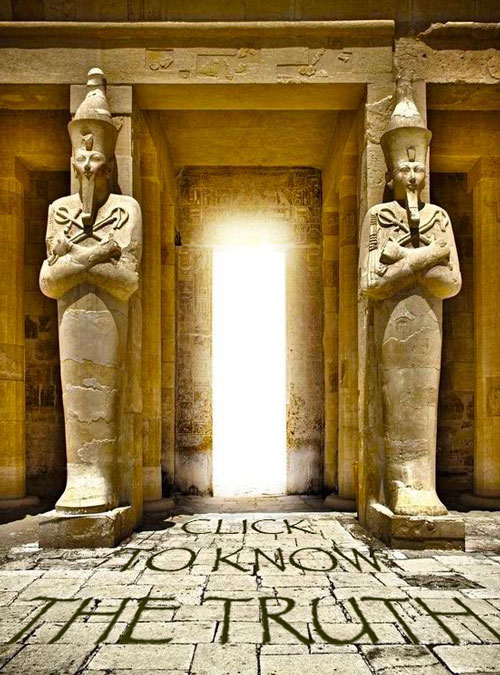Osiris
This powerful deity was known as the Lord of Life:

Osiris presided over the perennial cycle of deaths and rebirths that a normal soul experiences in their evolution. This process often continued for hundreds of lifetimes as someone slowly edged towards enlightenment. His domains included the Valley Temple.
For a human to become a god, death must be fully resolved within the psyche. In other words, the soul must be acknowledged as immortal. In any event, this most troublesome adversary must be integrated. Courage was key!

Mercy (the crook) and severity (the flail) played key roles in this process. Mercy was conveyed by the crook, because this was a merciful way of gently “guiding” a stray animal back into the fold. Severity was embodied by the flail, which was a severe way of “forcing” a rebellious beast back into line. In this way we are reminded of the human psyche.
The “Osirianised” dead, by crossing two symbols above the heart indicates that the middle was found—the pathway between perceived polarities. By using these instruments of self-control to balance these extremes, Tutankhamun had “followed in the footsteps” of Osiris and found peace within. Even our hands have played a pivotal role in religious rituals across time. Crossing the hands indicates the balance point between physicality and metaphysicality.

So the crook was held by the left hand (right brain) and the flail was held by the right hand (left brain). In other words, the receptive and resistant brain correspondences had specific registers in the body. When the crook and flail were brought together across the heart, it symbolised the balance where peace could be experienced.

Above: the nose is at the centre of this shape, representing spirit
The head of Osiris is inspired by the reversed pentagram. As an expression of balance it invites us to connect with our true nature. As the sacred aether, its presence supersedes all structures on the material plane, creating a conscious blueprint beyond time and space—the starseed of life itself.
Plato called aether (Ākāśa) the “living fire,” or “spirit of life”. As the highest deity that built the universe in the geometrical form of life as water, its “first begotten” emerged from the chaos and primordial light of the Great Central Sun. In this context, aether is simultaneously the prima materia and the ultima materia.
This Egyptian metaphysical doctrine was inherited by occultists, alchemists and philosophers as new civilisations were born. Over the centuries it became grouped into different sub-genres including Alchemy, Hermeticism and Gnosticism. Its insights on the geometry of life, however, remain as relevant today as they were 3,300 years ago.
